If Los Angeles food and wine lovers need a reminder that world-class bottles don’t always require a long flight or a passport, Taste Temecula delivers the answer—about 90 minutes south of the city.
A relaxed road trip from Santa Monica, Culver City, or Beverly Hills leads straight into Temecula Valley wine country, where Leoness Cellars Temecula continues to raise the bar.
The celebrated winery and restaurant just earned six 90+ point wines, reinforcing what insiders already know: Leoness isn’t just a weekend getaway, it’s a serious wine destination. Add sweeping vineyard views, a nationally ranked restaurant, and bold, fun-loving wines built for the table, and suddenly Temecula feels less like a detour and more like the plan.
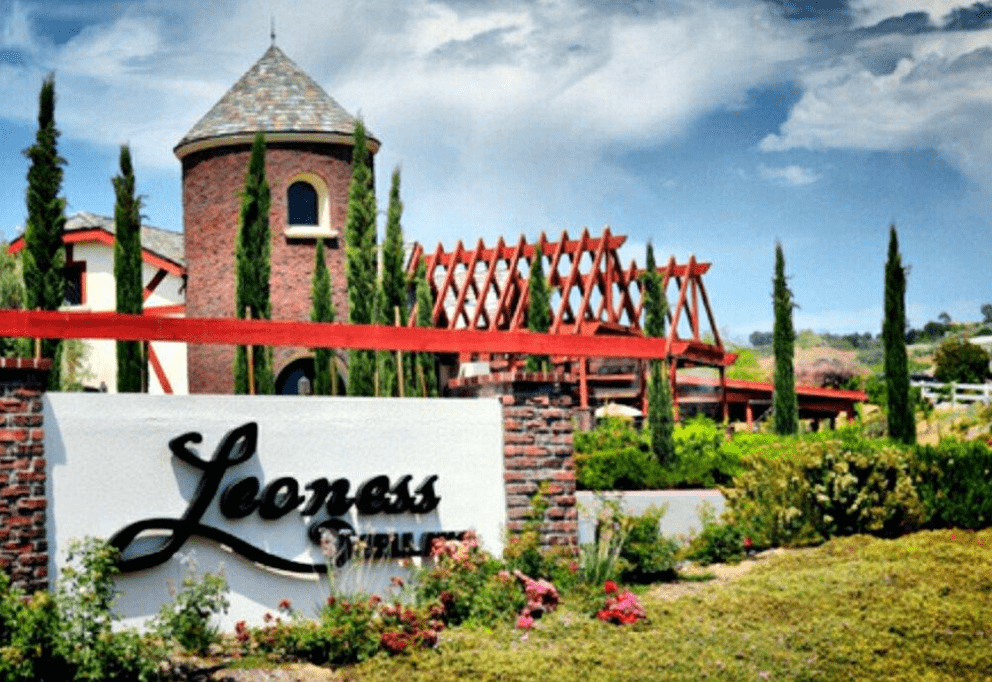
Leoness Cellars: The Heart of Taste Temecula
Set against rolling hills and open skies, Leoness Cellars has quietly become one of Southern California’s most rewarding wine experiences. It’s the kind of place where a casual afternoon tasting can turn into a lingering lunch—and maybe a second bottle—because the setting practically insists on slowing down.
That balance of approachability and ambition is exactly why Leoness resonates with L.A. drinkers. The wines are polished, expressive, and flavorful, but never precious. Think bold fruit, layered spice, and finishes that hang around long enough to make you smile.
Comfortable? Absolutely.
Sophisticated? Without question.
Six 90+ Point Wines That Prove Temecula’s Serious Side
Leoness Cellars recently earned six 90+ point scores, underscoring the winery’s depth and consistency. Leading the charge are three standout Syrahs that showcase Temecula Valley’s growing reputation for Rhône-inspired reds:
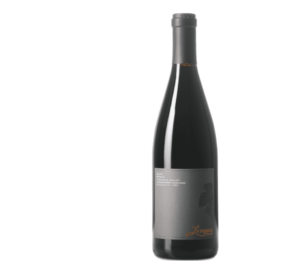
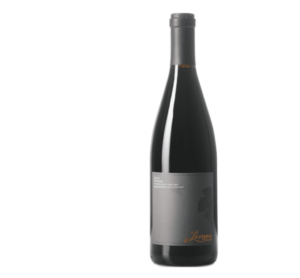
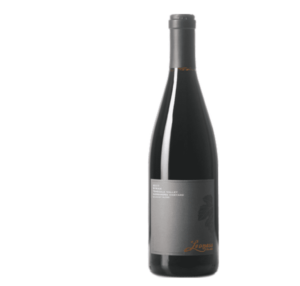
-
2021 VS Syrah Alessandro Vineyard, Summit Block (92 points)
A wine built for patience, offering baked fruit, wood spice, and hickory smoke, with rich berry depth and real aging potential. -
2021 VS Syrah Alessandro Vineyard, Foundation Block (92 points)
Complex and layered, with roasted fig, black plum, nutmeg, clove, and allspice—this one is pure flavor-forward indulgence. -
2021 VS Syrah Dragon’s Den Vineyard (92 points)
Bold yet balanced, showing pepper, cocoa, dried berry, charred plum, bay leaf, and anise, finishing smooth and lingering.
Three additional wines, now sold out, also crossed the 90-point mark, including a collector-worthy Signature Series Syrah. That kind of across-the-board performance isn’t luck; it’s intention.
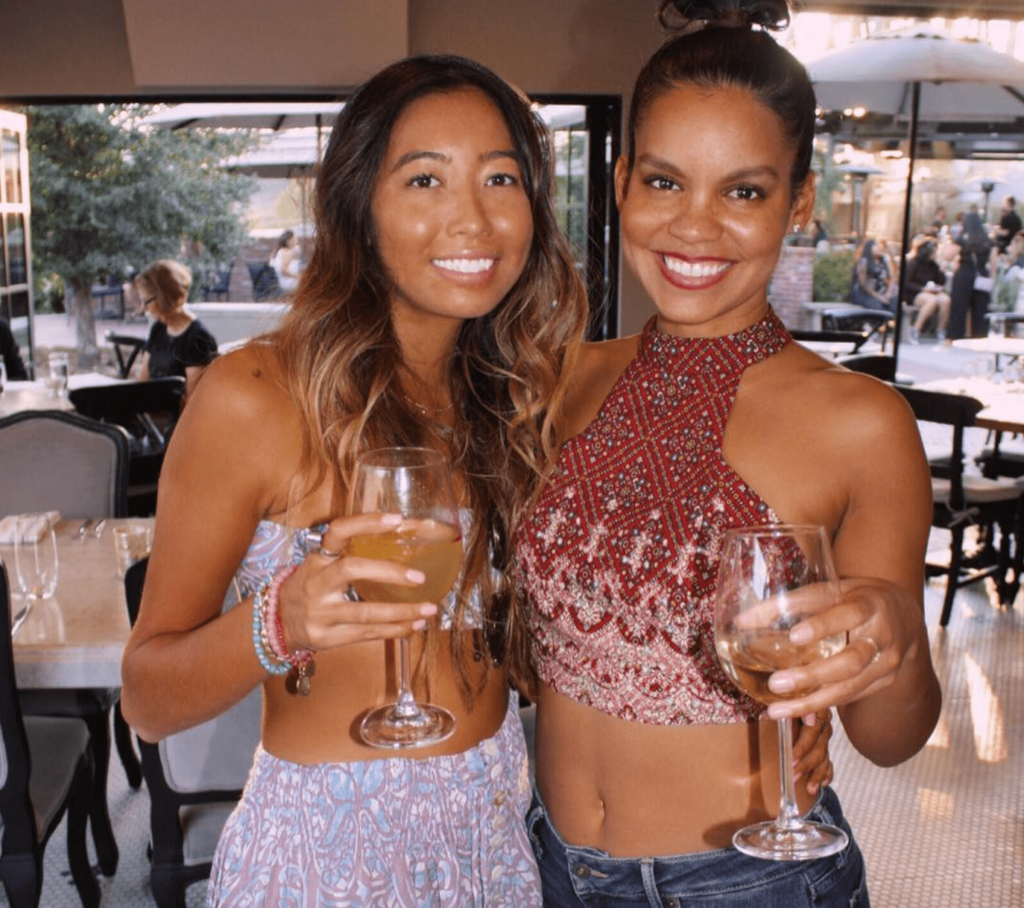
One of America’s Best Winery Restaurants—Yes, Really
As if the wines weren’t reason enough to visit, The Restaurant at Leoness Cellars recently landed Top Five Best Winery Restaurants in the U.S., according to USA Today. The ranking praised not just the food, but the full experience: vineyard views, surrounding mountains, and a kitchen that understands how wine and food should actually work together.
The menu blends French technique with modern California sensibility: think seasonal vegetables, refined proteins, and dishes that enhance, not overpower, the glass. It’s elegant without being stiff, indulgent without excess.
In other words, exactly what L.A. diners crave.
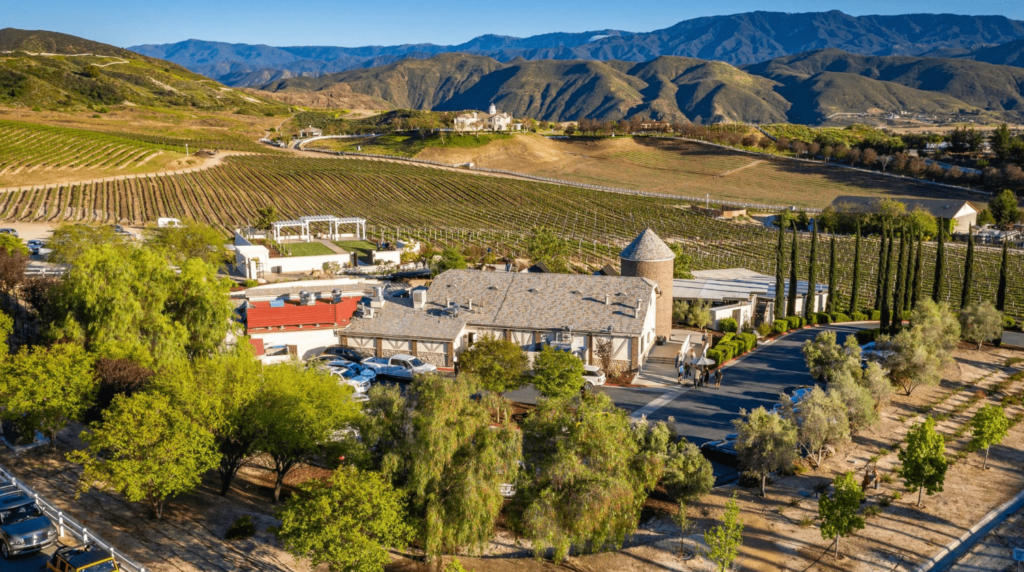
Why a Taste Temecula Road Trip Works
There’s something quietly fun-loving about Temecula. You arrive without the pressure of Napa expectations and leave wondering why you don’t come more often. Leoness captures that energy perfectly. The wines are bold but balanced. The food is refined but comforting. The atmosphere invites laughter, long conversations, and one more pour.
It’s also the kind of place where you don’t need to be a sommelier to feel at home—just curious and hungry. A little humor, a lot of flavor, and a setting that encourages you to stay awhile.
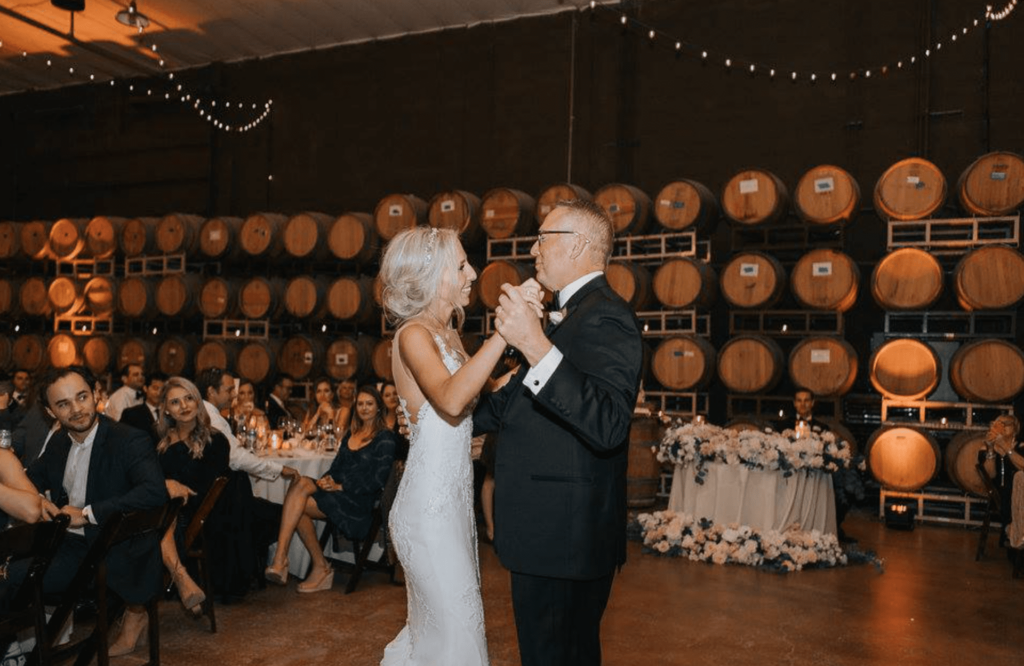
Mini FAQ: Leoness Cellars
Q: How far is Leoness Cellars from Los Angeles?
A: About 90 minutes south of L.A., making it an easy and rewarding day trip or weekend escape.
Q: Can I dine and taste wine in one visit?
A: Yes. Leoness Cellars offers tastings, dining, and tours all on one stunning estate.
Q: Are the 90+ point wines available now?
A: Several are available, though some high-scoring releases are already sold out.
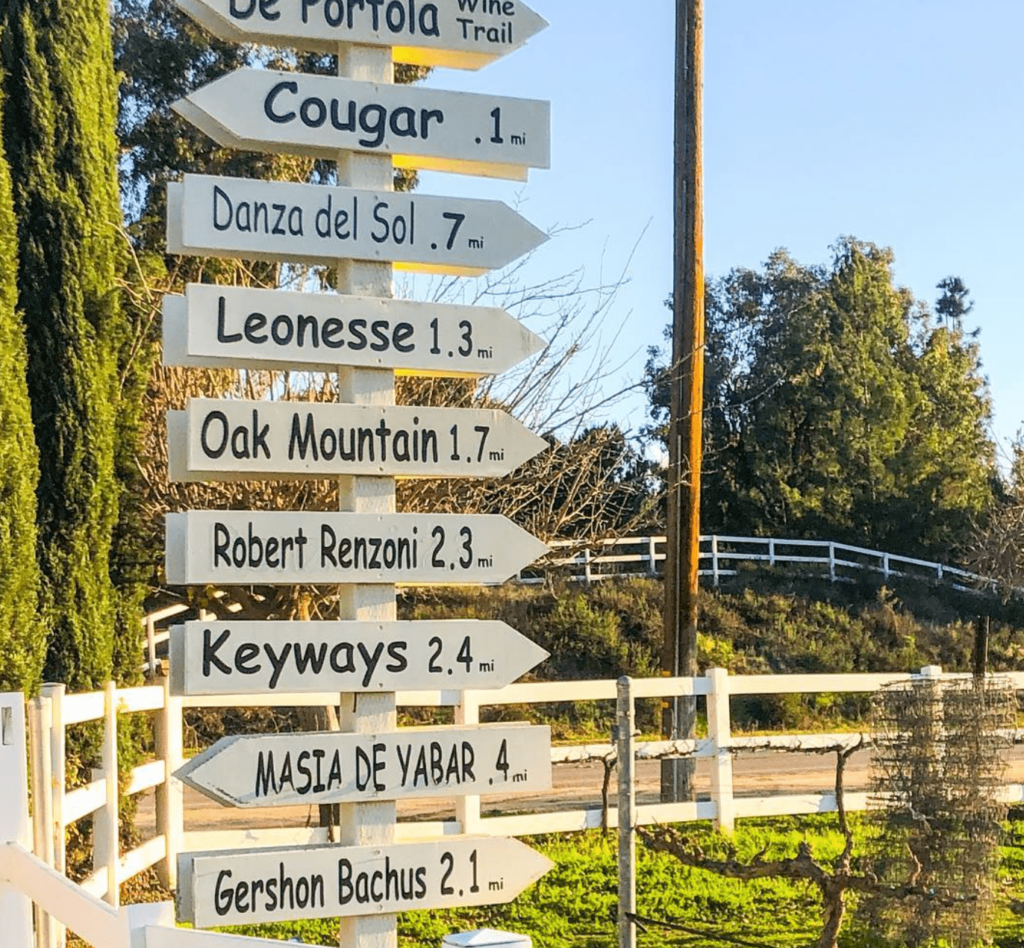
If your idea of a perfect escape includes expressive wines, a nationally recognized restaurant, and views that demand a second glass, it’s time to Taste Temecula. Leoness Cellars proves that exceptional flavor, serious craftsmanship, and pure enjoyment can live just south of L.A. Point the car toward Temecula Valley—and don’t forget to pack your appetite.
For more details, visit https://www.leonesscellars.com.


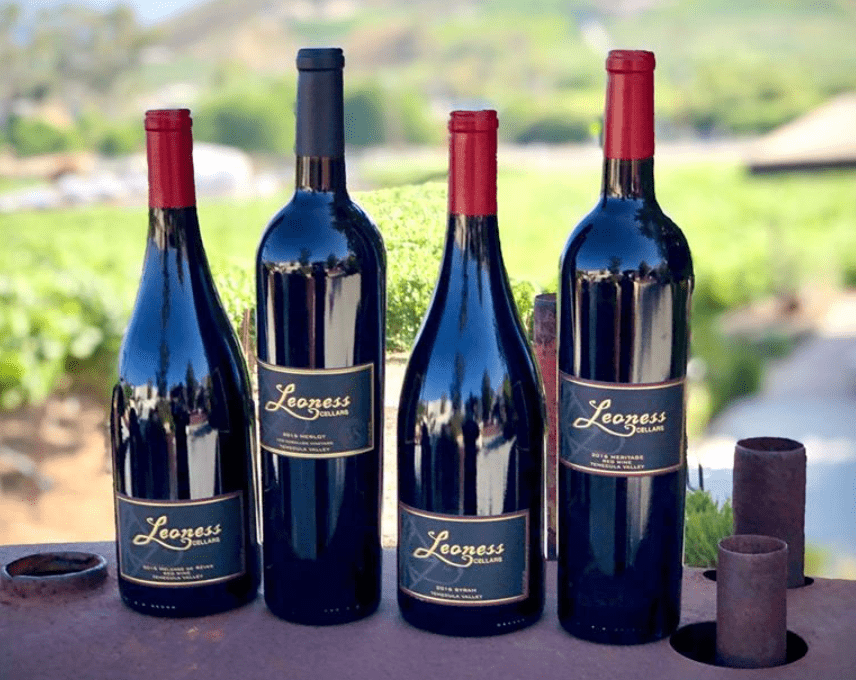


[…] […]